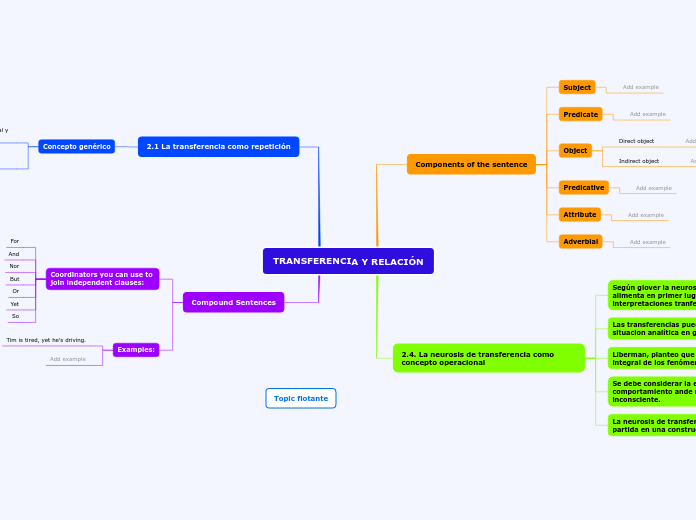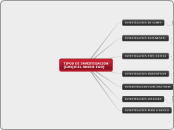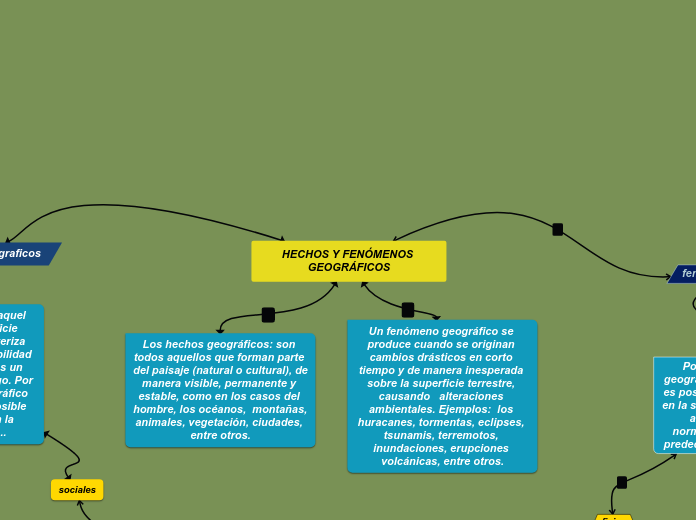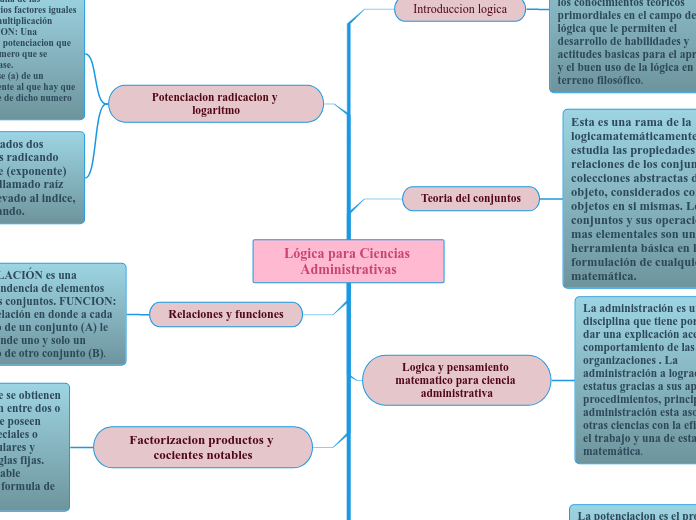Topic flotante
TRANSFERENCIA Y RELACIÓN
In linguistics, syntax is the set of rules, principles, and processes that govern the structure of sentences in a given language, usually including word order.
Compound Sentences
A compound sentence is a sentence that has at least two independent clauses joined by a comma, semicolon or conjunction. An independent clause is a clause that has a subject and verb and forms a complete thought.
Examples:
Create your own compound sentences, using the coordinators above.
Tim is tired, yet he's driving.
Coordinators you can use to
join independent clauses:
When independent clauses are joined with coordinators (also called coordinating conjunctions), commas and semicolons, they do more than just join the clauses. They add meaning and flow to your writing.
So
Yet
Or
But
Nor
And
For
2.1 La transferencia como repetición
A complex sentence is a sentence that contains an independent clause and one or more dependent clauses.
An independent clause can stand alone as a sentence, but a dependent clause even though it has a subject and a verb cannot stand alone.
Concepto genérico
The subject clause is a dependent clause that acts as a subject.
Numerosos fenómenos típicos que se expresan individualmente.
Las experiencias pasadas tienen una influencia fundamental y persistente en la vida presente.
2.4. La neurosis de transferencia como concepto operacional
La neurosis de transferencia forma punto de partida en una construcción psicoanalítica.
See the example below and try to create your own simple sentences.
Tim is driving the red car.
Se debe considerar la estructura del comportamiento ande motivaciones del inconsciente.
See the example below and try to create your own simple sentences.
Tim is driving the car with his mother.
Liberman, planteo que lograr la planeación integral de los fenómenos trans- ferenciales
See the example below and try to create your own simple sentences.
Tim is the driver.
Las transferencias pueden ser reacción a la situacion analítica en general.
See the example below and try to create your own simple sentences.
Tim drives the car.
Según glover la neurosis de transferencia se alimenta en primer lugar de las interpretaciones tranferenciales.
See the example below and try to create your own simple sentences.
Tim drives.
Components of the sentence
Adverbial
An adverbial is an individual word (that is, an adverb), a phrase, or a clause that can modify a verb, an adjective, or a complete sentence.
Attribute
The attribute is defined as a quality or characteristic of a person, place or thing.
Predicative
The predicative is defined as an adjective or noun forming or contained in the predicate.
Its main trait is that it serves to express a property that is assigned to a 'subject'.
For e.g.: The dog is old.
Object
Traditional grammar defines the object in a sentence as the entity that is acted upon by the subject.
Indirect object
The indirect object identifies the person/thing for whom/which the action of the verb is performed.
The indirect object is usually a person or a thing.
Direct object
The direct object is the receiver of the action mentioned in the sentence.
Predicate
The predicate of a sentence is the part that modifies the subject in some way. Because the subject is the person, place, or thing that a sentence is about, the predicate must contain a verb explaining what the subject does and can also include a modifier.
Subject
The subject of a sentence is the person, place, thing, or idea that is doing or being something. You can find the subject of a sentence if you can find the verb.
Ask the question, 'Who or what 'verbs' or 'verbed'?' and the answer to that question is the subject.
Add example









